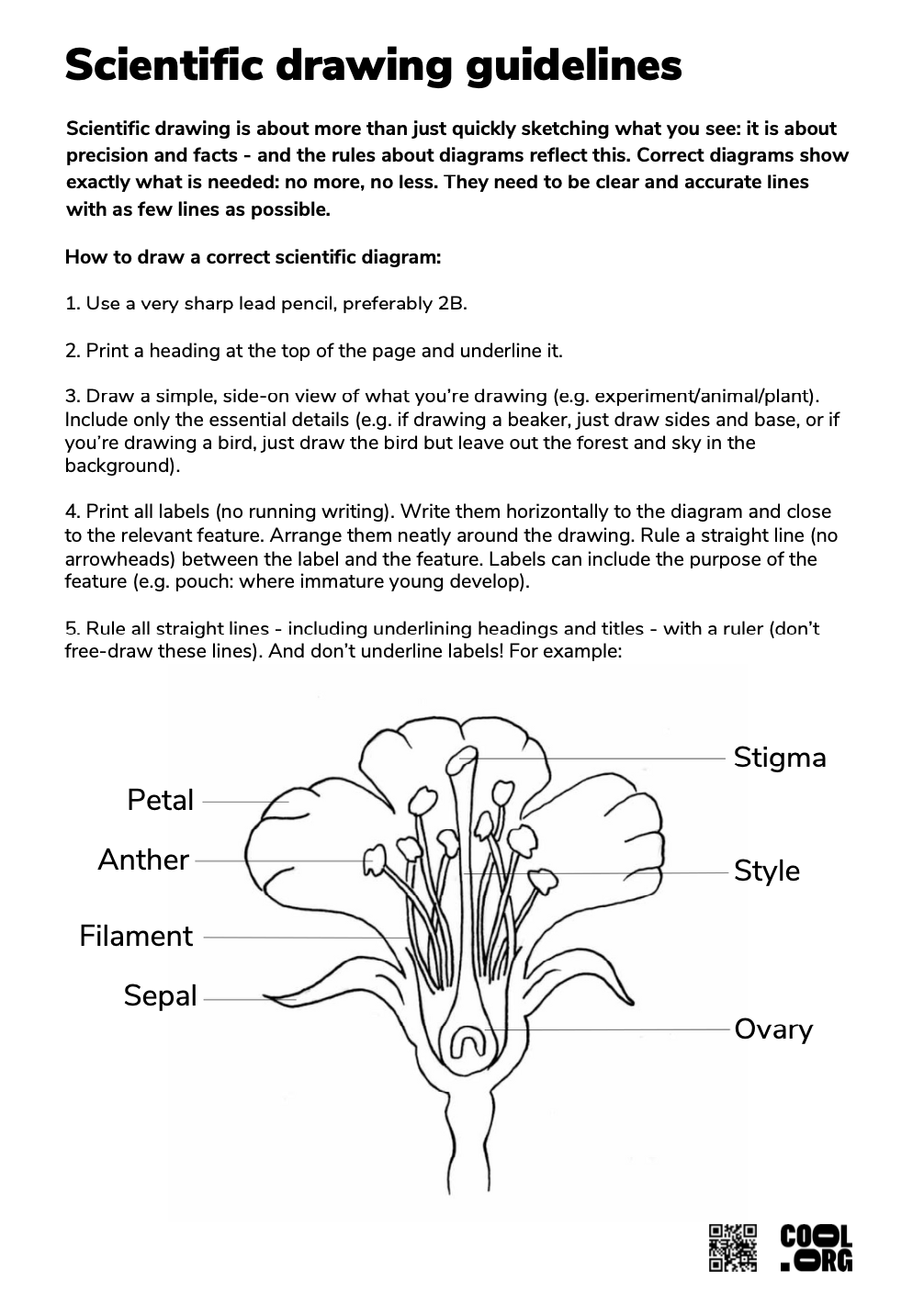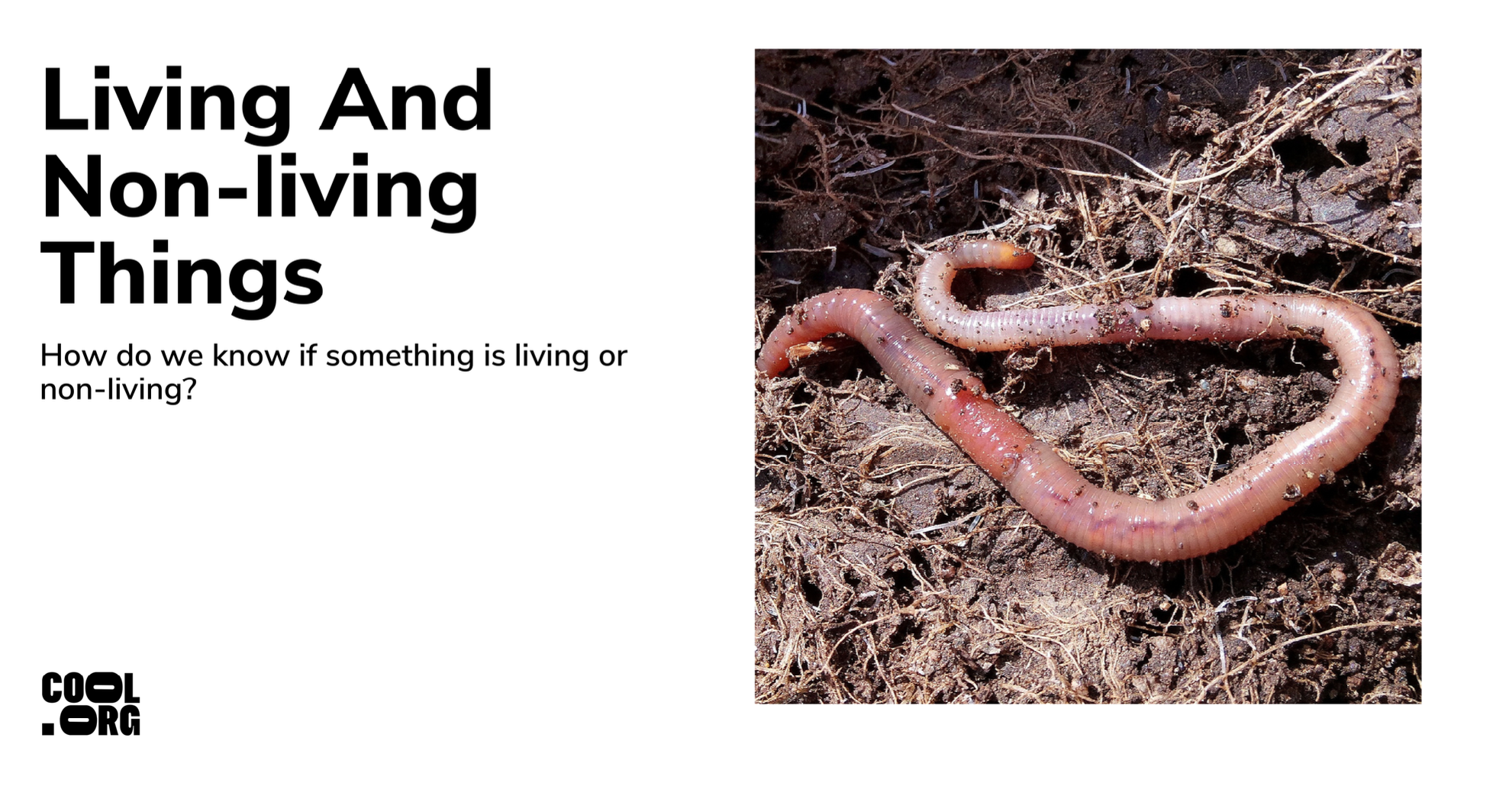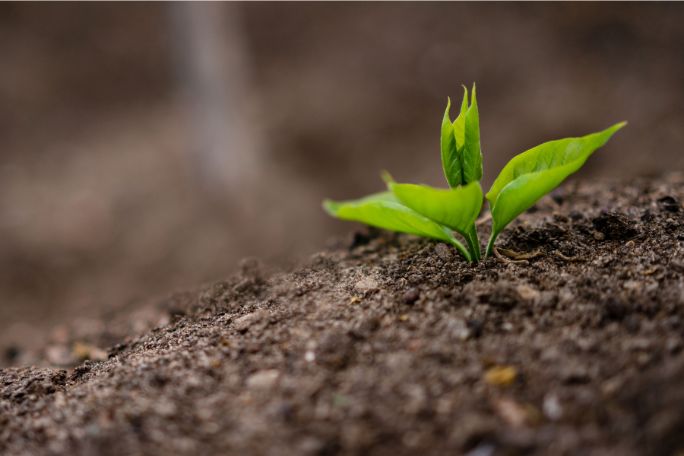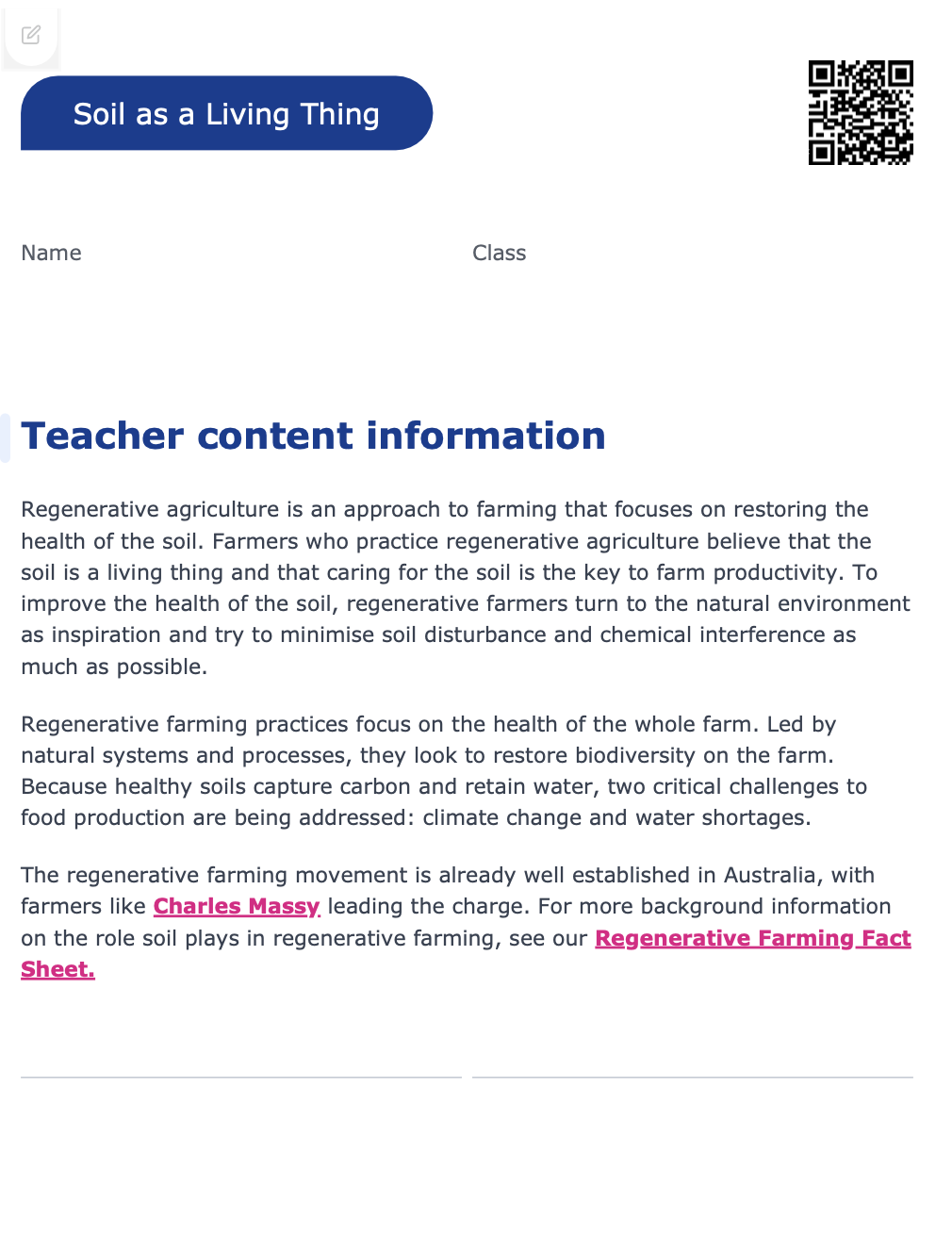Lesson summary
Students are introduced to their roles as regenerative growers (they will retain these roles throughout this unit). They are asked to assess whether the soil is a living or non-living thing before going outside to observe the soil in the schoolyard and any organisms living on and in the soil.
Learning intentions:
Students will...
- understand that in the world, there are living and non-living things
- recognise that soil is full of living things.
Success criteria:
Students can...
- use the ‘living test’ to determine whether the soil is a living or non-living thing
- apply scientific observation skills while recording information about organisms living on soil.
Lesson guides and printables


Curriculum links
Select your curriculum from the options below.
Lesson details
Skills
This lesson is designed to build students’ competencies in the following skills:
- curiosity
- communication
Curriculum Mapping
Content descriptions:
Australian Curriculum (v9.0) content descriptions - Year 3 Science
Students learn to:
- compare characteristics of living and non-living things and examine the differences between the life cycles of plants and animals (AC9S3U01)
- follow procedures to make and record observations, including making formal measurements using familiar scaled instruments and using digital tools as appropriate (AC9S3I03)
General capabilities: Critical and creative thinking.
Cross-curriculum priority: Sustainability.
Relevant parts of Year 3 Science achievement standards:
Students classify and compare living and non-living things and different life cycles. They communicate ideas and findings for an identified purpose, including using scientific vocabulary when appropriate.
UN Sustainable Development Goals
Target 2.4: By 2030, ensure sustainable food production systems and implement resilient agricultural practices that increase productivity and production, that help maintain ecosystems, that strengthen capacity for adaptation to climate change, extreme weather, drought, flooding and other disasters and that progressively improve land and soil quality.
Target 15.3: By 2030, combat desertification, restore degraded land and soil, including land affected by desertification, drought and floods, and strive to achieve a land degradation-neutral world.
Resources Required
- device capable of sharing a video with the class
- drawing materials
- Living and Non-living Things Slidedeck
- magnifying glasses
- Scientific drawing factsheet
- soil
- water (optional).
Additional Info
Level of teacher scaffolding: High - lead students in class discussion and oversee outdoor soil observation activities.
Special thanks to:

This lesson has been developed with the support of the Macdoch Foundation.
Cool's curriculum team continually reviews and refines our resources to be in line with changes to the Australian Curriculum.



Welcome back!
Don't have an account yet?
Log in with:
Create your free Cool.org account.
Many of our resources are free, with an option to upgrade to Cool+ for premium content.
Already have an account?
Sign up with:
By signing up you accept Cool.org's Terms and Conditions(Opens in new tab) and Privacy Policy(Opens in new tab).